The wit and whimsy of Serban Ionescu’s ‘objects of dormant utility’
The vibrant works of Romanian-born Serban Ionescu cut across the border lines between design and art, as featured in the April 2021 issue of Wallpaper*
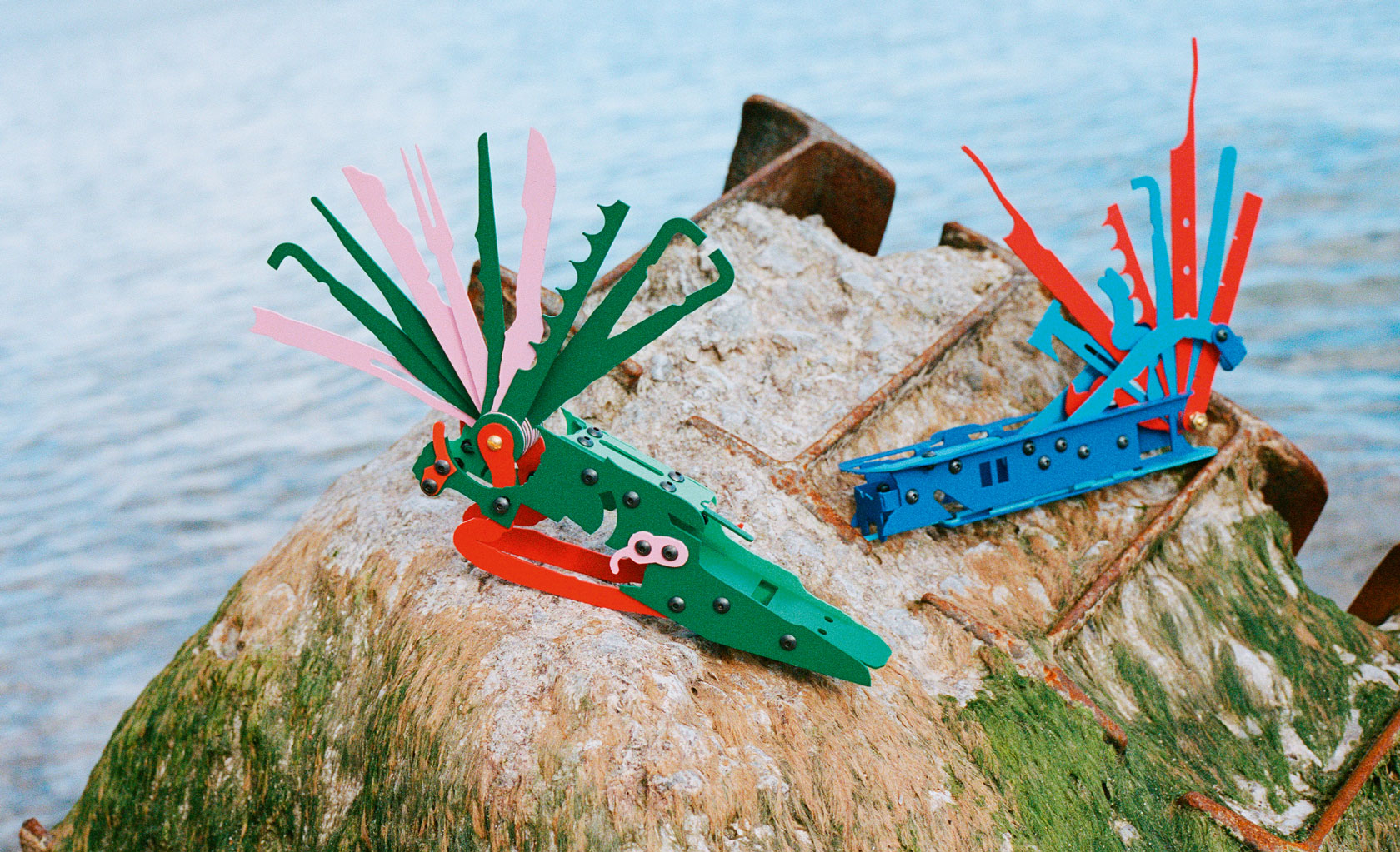
Inspired by a summer job as a model maker at an architectural firm, Serban Ionescu went on to study architecture at Pratt Institute, where he thrived creatively and discovered a fondness for the work of Lebbeus Woods and John Hejduk. ‘But the negative side of architecture school is that it builds up this amazing kind of naivety that you’re going to change the world,’ he reflects. Graduating in 2007, he was soon disheartened by the difficulty of making a dent in the profession, and set his sights on being an artist instead.
Growing up in his native Romania, Ionescu could draw before he learned to speak (between the ages of three and five, he drew exclusively in aerial view, taking after his engineer parents who taught him about plan, elevation and section). Drawing became his way of unlearning the lessons of architectural school. He drew and painted and sculpted, bringing the three together in his 2016 Pinocchio Chair – pieces of plywood, painted baby blue, bubblegum pink and bright red, and with the likeness of the puppet carved into the seatback.
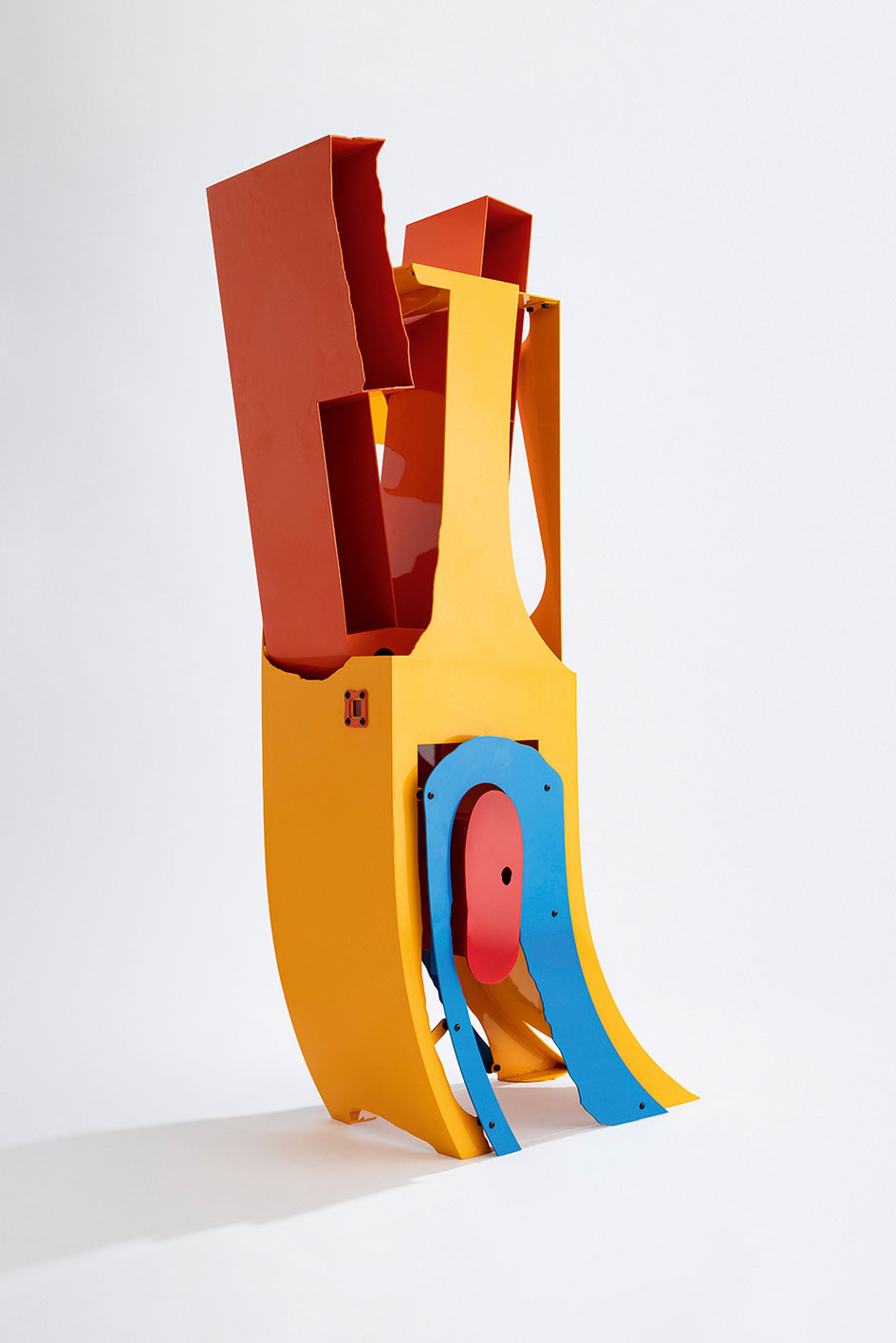
Aza, showing as part of the group exhibition ‘Objects: USA 2020’ at R & Company New York
It established a cartoonish style that has characterised Ionescu’s work since, a combination of design and art that makes him one to watch on the creative scene.
Today, the now Brooklyn-based Ionescu often works with sheets of powder-coated steel, and his output stretches across scales: the largest, Chapel for an Apple (2020), is a 20ft-tall folly nestled in a field in Hudson in upstate New York. Its outline evokes both a prototypical chapel and the area’s industrial heritage; there’s a viewing platform, an apple-shaped entrance and Lego-like colours for a dash of whimsy. Among the smallest are his ICES (In Case of Emergency Sculptures), with a rough resemblance to Swiss army knives. These are ‘objects of dormant utility’, says Ionescu, pointing to the uncertainties of the pandemic era and the evolving definitions of design and art.
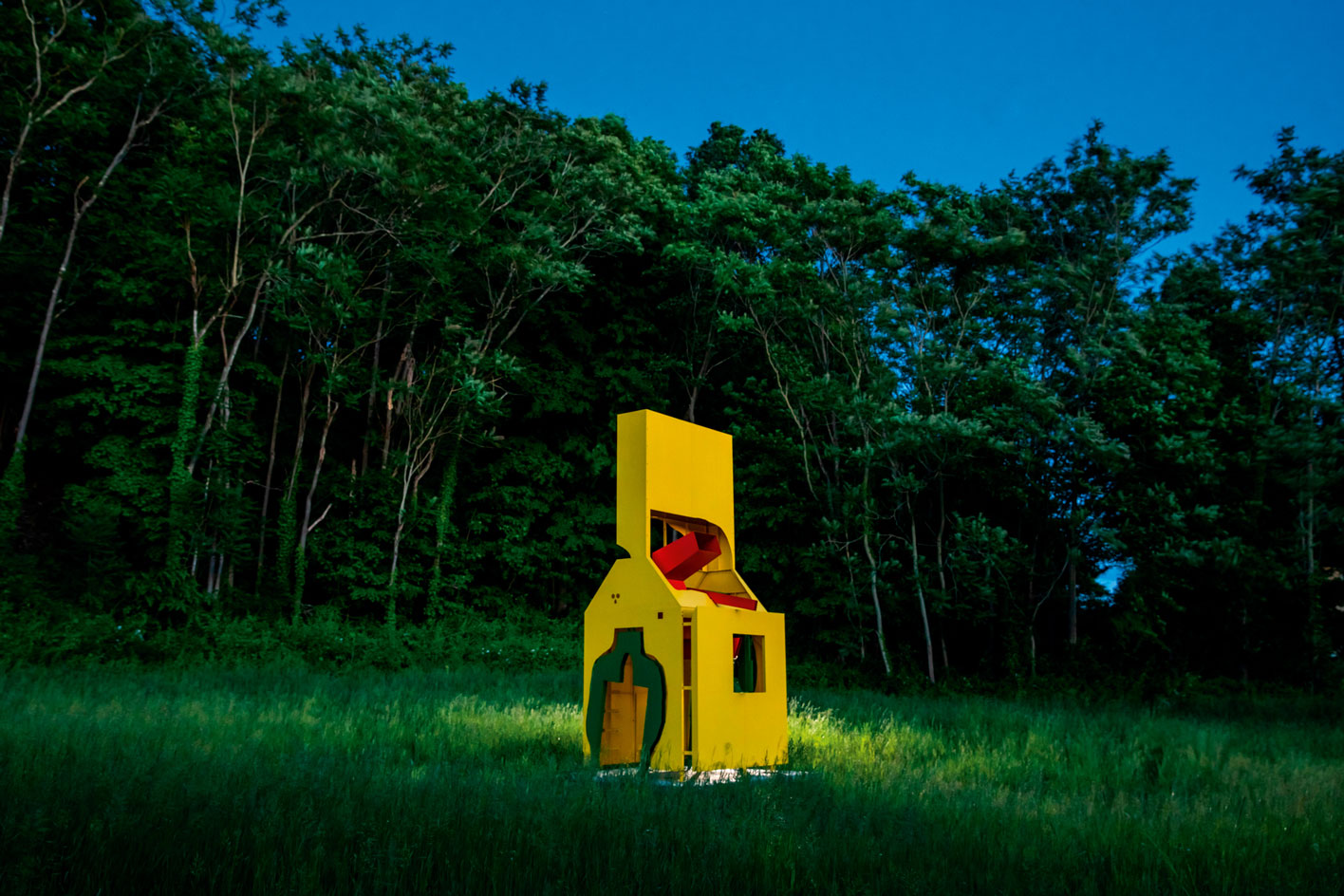
The 20ft-tall Chapel for an Apple, on a hillside in Hudson, originated as an improvised paper model in Ionescu’s studio in Red Hook, Brooklyn
His rising stature is reflected by his inclusion in the group show ‘Objects: USA 2020’, currently on at New York’s R & Company. One of 50 contemporary ‘object makers’ to participate, Ionescu created a new piece, Aza, ‘furniture, architecture and sculpture crashing into one’. The gallery’s principal, Zesty Meyers, has worked with Ionescu for two years. ‘Every time you look at his work, you find new interesting details,’ Meyers enthuses. ‘The mix of colour, architecture and abstract forms create relationships in a way that I have never seen before.’
Meanwhile, Ionescu’s first solo exhibition in Europe is about to open at Antwerp’s Everyday Gallery. Titled ‘In Order of Appearance’, it features smaller-scale pieces that show ‘how a cast of characters becomes things, becomes furniture’. Stuck in Toronto for ten months during the pandemic, Ionescu set out to create at least one drawing a day and has since accumulated more than 500. What began as a personal project is now poised to occupy gallery walls, offering an opportunity for viewers to glimpse into his fertile imagination. ‘It’s going to show a bit more of how things come together,’ he says.
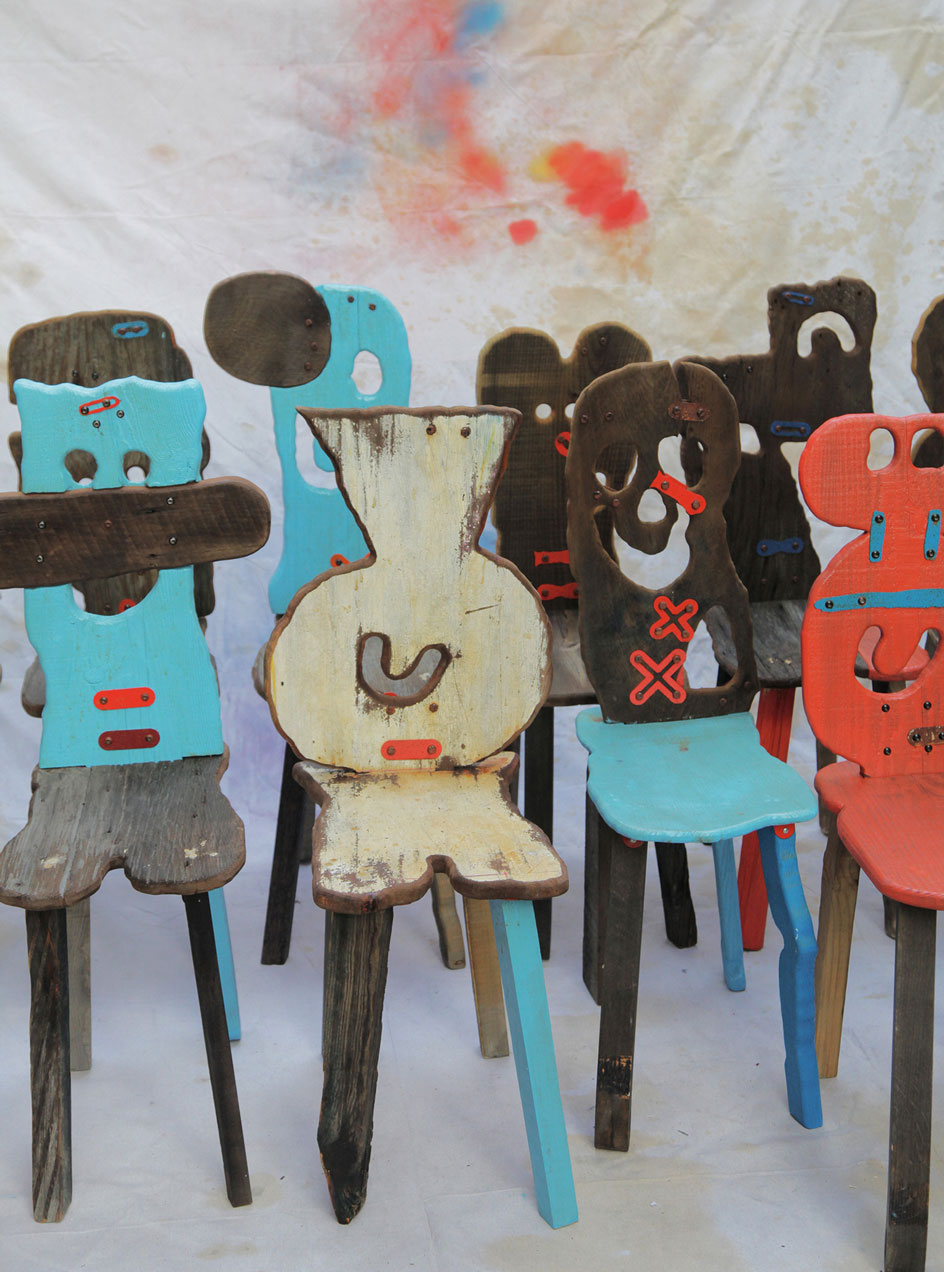
The anthropomorphic Folk sculptural chairs are made from wood and steel, with whimsical expressions carved into the seatbacks
INFORMATION
This article originally featured in the April 2021 issue of Wallpaper* (W*264), available for free download
‘In Order of Appearance’, 20 March – 27 April 2021, Everyday Gallery, Jos Smolderenstraat 18, Antwerp. everydaygallery.art
‘Objects: USA 2020’, until 31 July, R & Company, 64 White Street, New York. r-and-company.com
serbanionescu.com
Wallpaper* Newsletter
Receive our daily digest of inspiration, escapism and design stories from around the world direct to your inbox.
TF Chan is a former editor of Wallpaper* (2020-23), where he was responsible for the monthly print magazine, planning, commissioning, editing and writing long-lead content across all pillars. He also played a leading role in multi-channel editorial franchises, such as Wallpaper’s annual Design Awards, Guest Editor takeovers and Next Generation series. He aims to create world-class, visually-driven content while championing diversity, international representation and social impact. TF joined Wallpaper* as an intern in January 2013, and served as its commissioning editor from 2017-20, winning a 30 under 30 New Talent Award from the Professional Publishers’ Association. Born and raised in Hong Kong, he holds an undergraduate degree in history from Princeton University.
-
 Meet Lisbeth Sachs, the lesser known Swiss modernist architect
Meet Lisbeth Sachs, the lesser known Swiss modernist architectPioneering Lisbeth Sachs is the Swiss architect behind the inspiration for creative collective Annexe’s reimagining of the Swiss pavilion for the Venice Architecture Biennale 2025
By Adam Štěch
-
 A stripped-back elegance defines these timeless watch designs
A stripped-back elegance defines these timeless watch designsWatches from Cartier, Van Cleef & Arpels, Rolex and more speak to universal design codes
By Hannah Silver
-
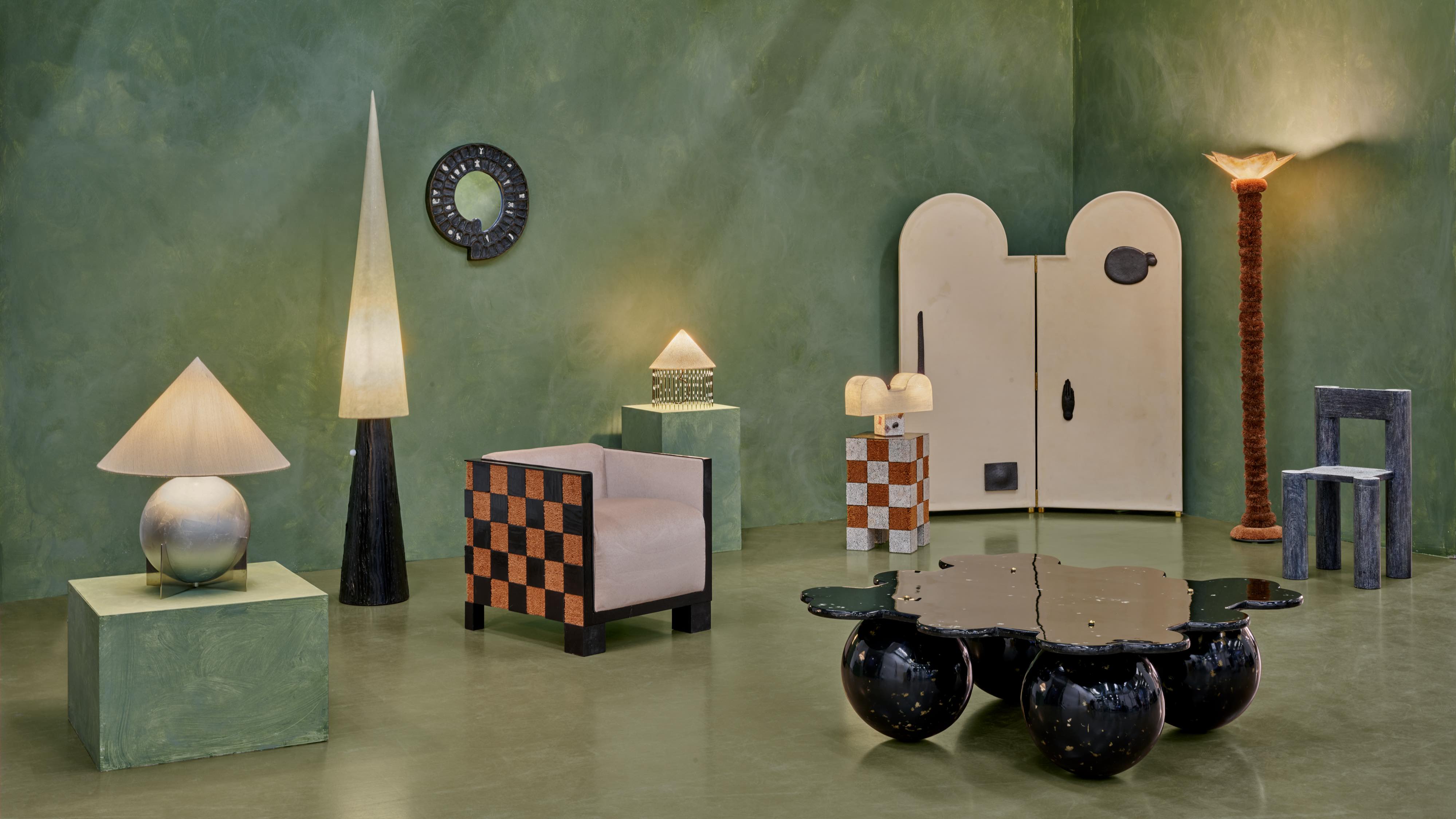 Postcard from Brussels: a maverick design scene has taken root in the Belgian capital
Postcard from Brussels: a maverick design scene has taken root in the Belgian capitalBrussels has emerged as one of the best places for creatives to live, operate and even sell. Wallpaper* paid a visit during the annual Collectible fair to see how it's coming into its own
By Adrian Madlener
-
 Inside Jack Whitten’s contribution to American contemporary art
Inside Jack Whitten’s contribution to American contemporary artAs Jack Whitten exhibition ‘Speedchaser’ opens at Hauser & Wirth, London, and before a major retrospective at MoMA opens next year, we explore the American artist's impact
By Finn Blythe
-
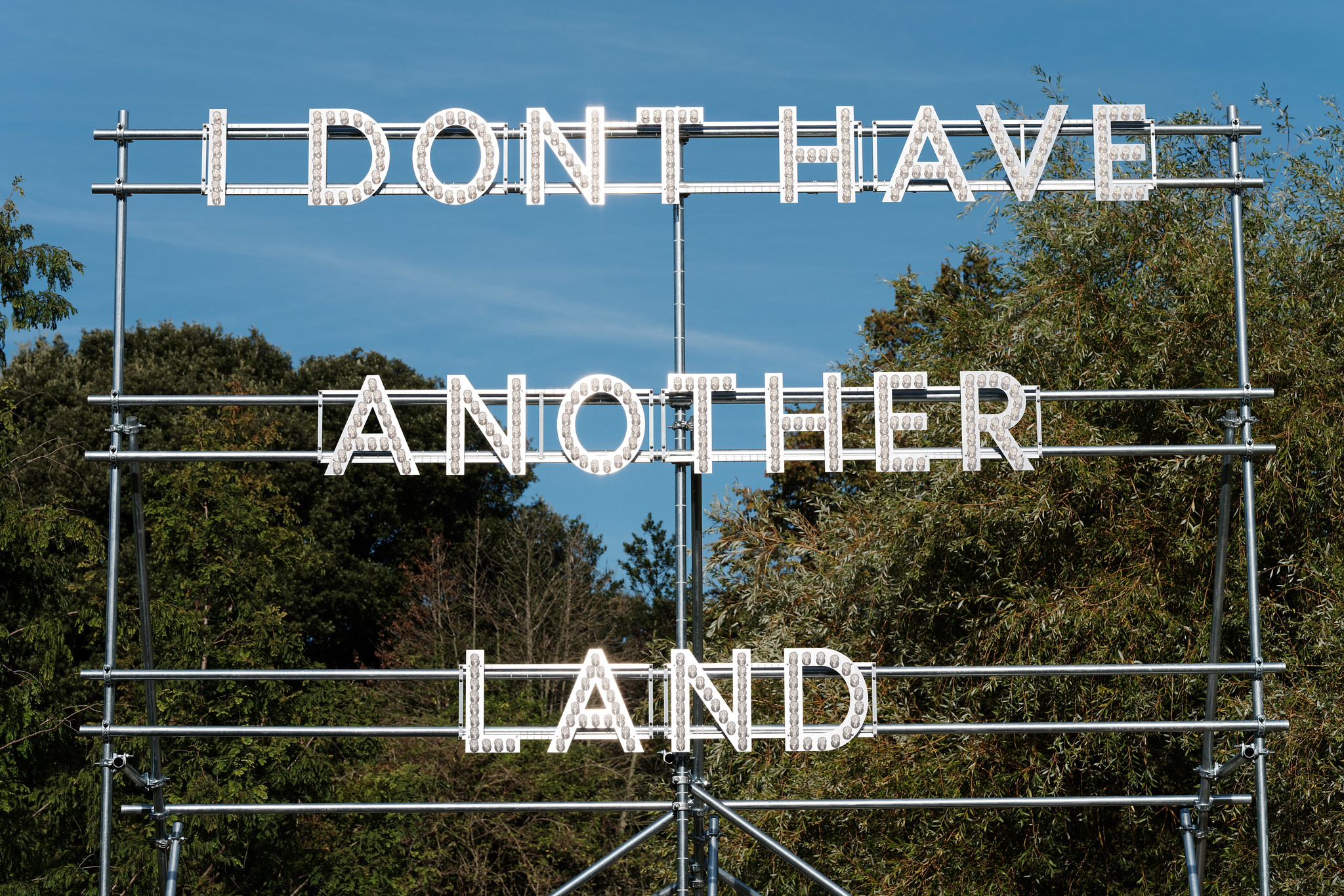 Frieze Sculpture takes over Regent’s Park
Frieze Sculpture takes over Regent’s ParkTwenty-two international artists turn the English gardens into a dream-like landscape and remind us of our inextricable connection to the natural world
By Smilian Cibic
-
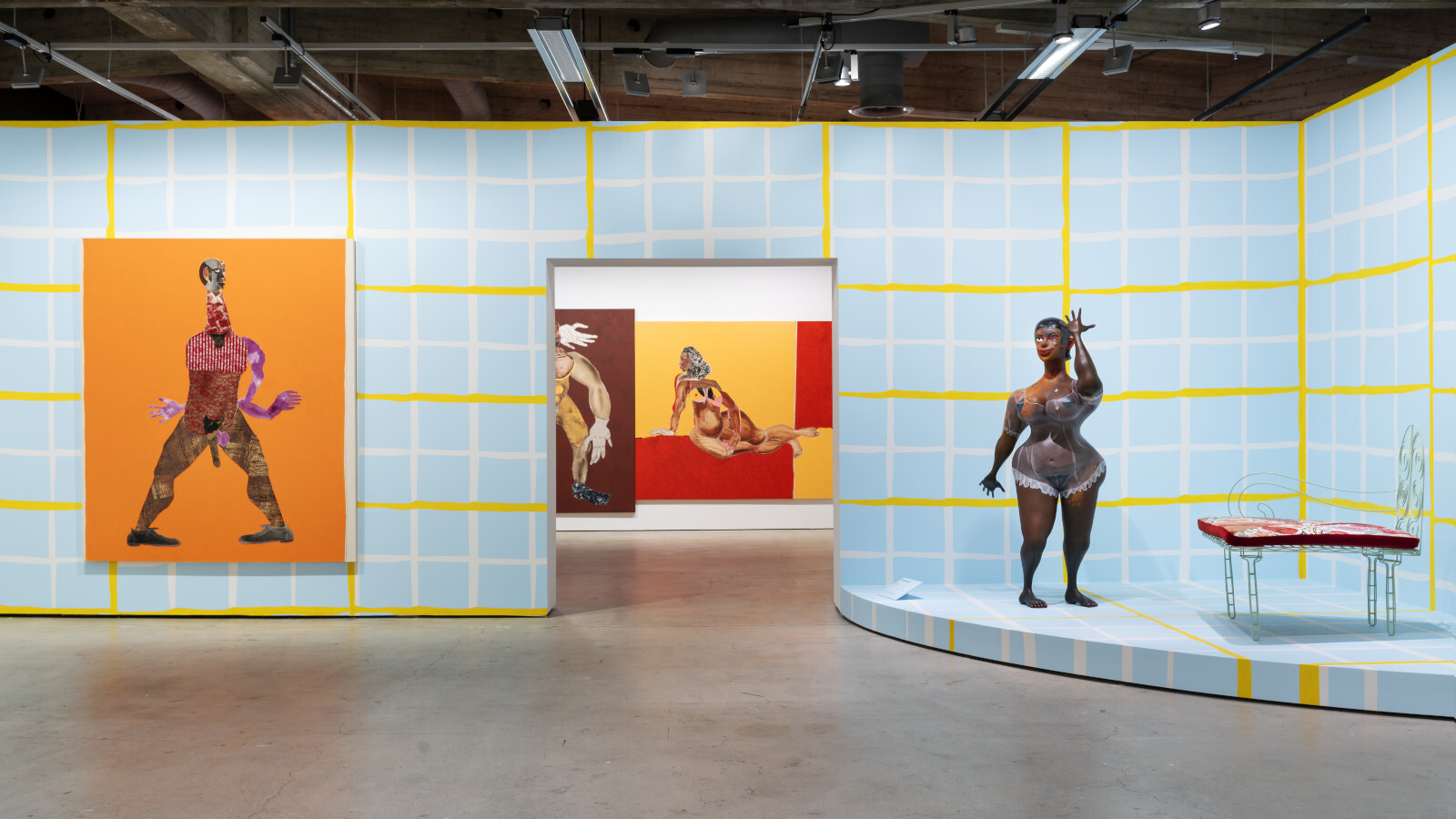 Harlem-born artist Tschabalala Self’s colourful ode to the landscape of her childhood
Harlem-born artist Tschabalala Self’s colourful ode to the landscape of her childhoodTschabalala Self’s new show at Finland's Espoo Museum of Modern Art evokes memories of her upbringing, in vibrant multi-dimensional vignettes
By Millen Brown-Ewens
-
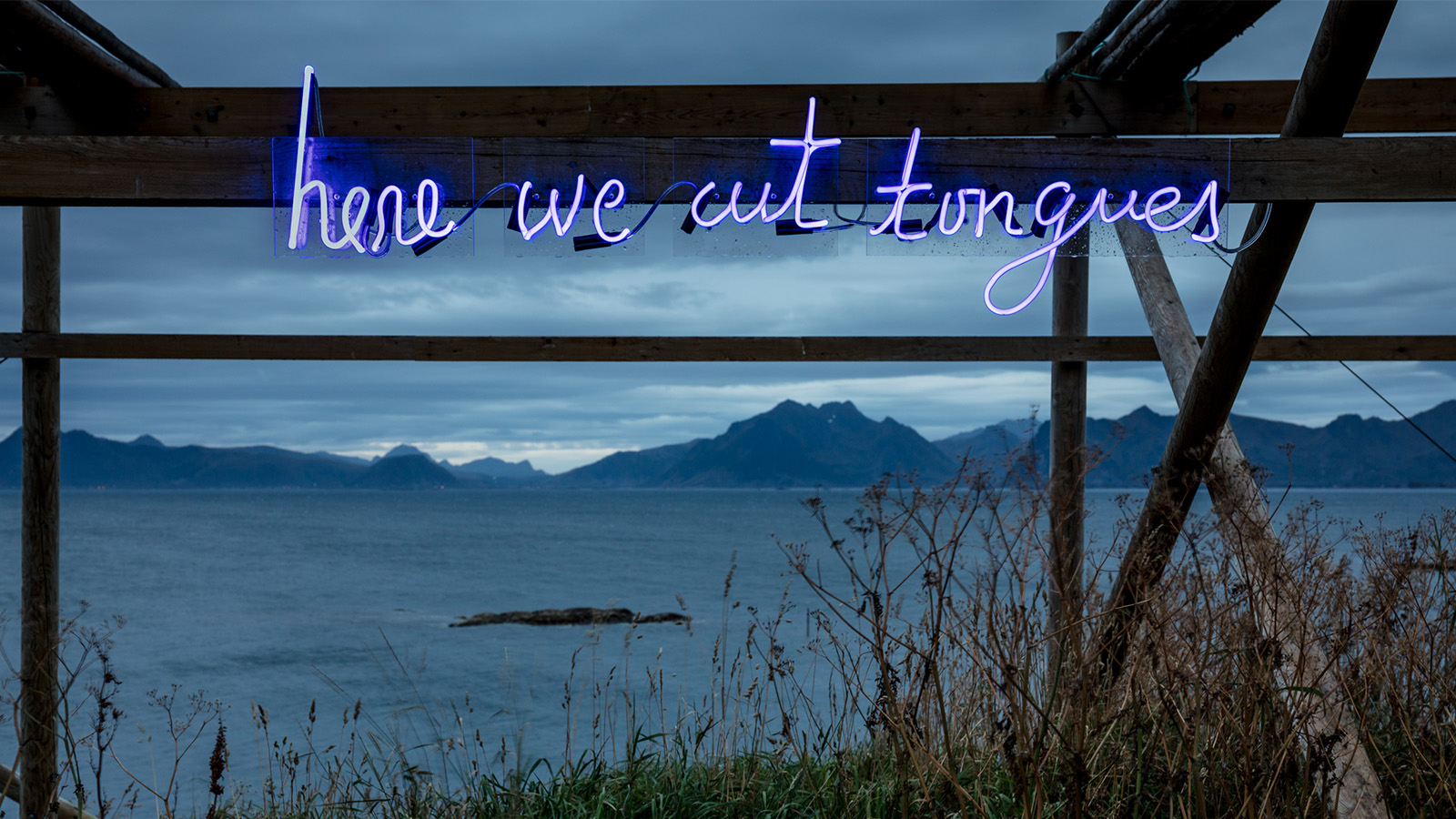 Wanås Konst sculpture park merges art and nature in Sweden
Wanås Konst sculpture park merges art and nature in SwedenWanås Konst’s latest exhibition, 'The Ocean in the Forest', unites land and sea with watery-inspired art in the park’s woodland setting
By Alice Godwin
-
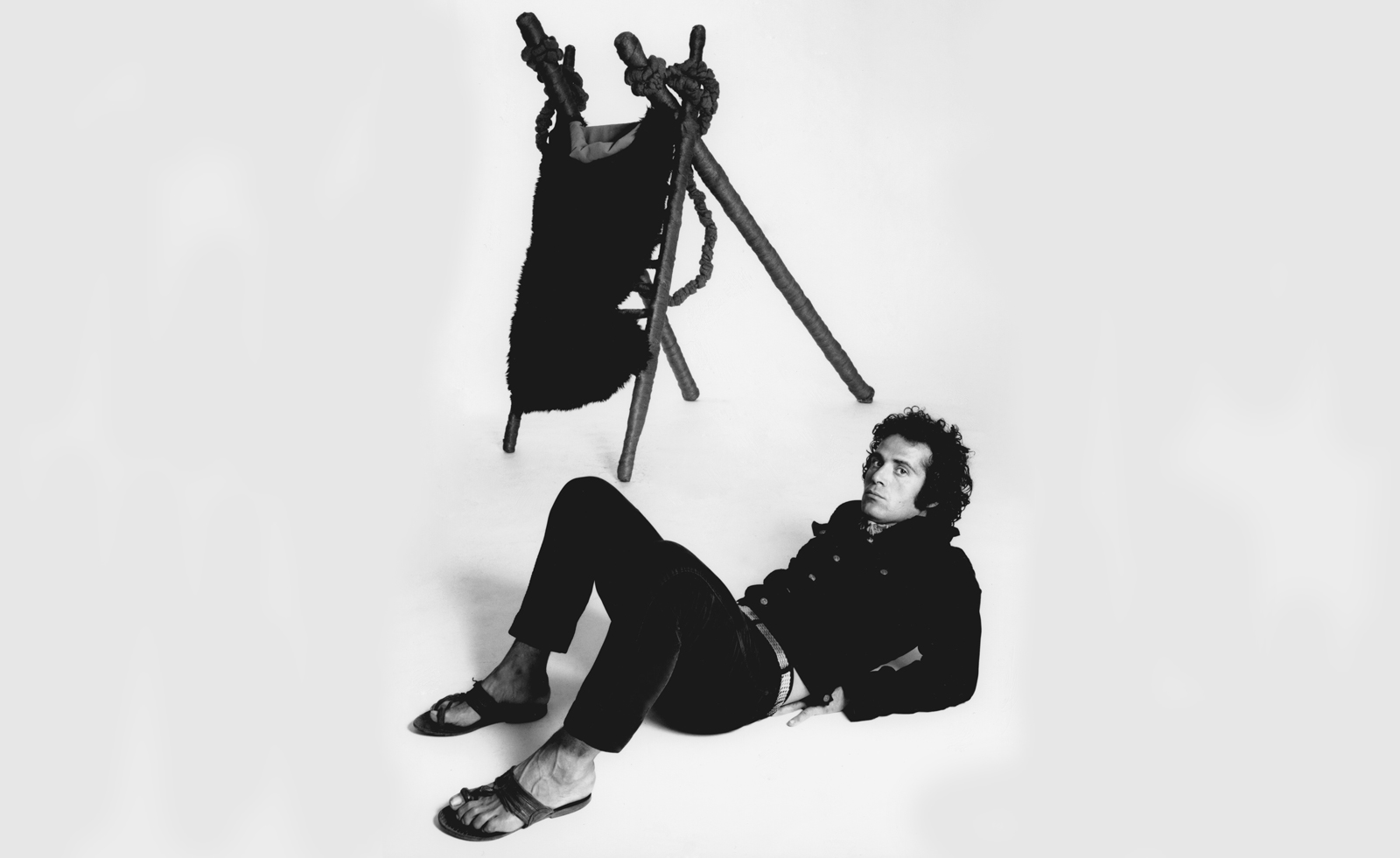 Pino Pascali’s brief and brilliant life celebrated at Fondazione Prada
Pino Pascali’s brief and brilliant life celebrated at Fondazione PradaMilan’s Fondazione Prada honours Italian artist Pino Pascali, dedicating four of its expansive main show spaces to an exhibition of his work
By Kasia Maciejowska
-
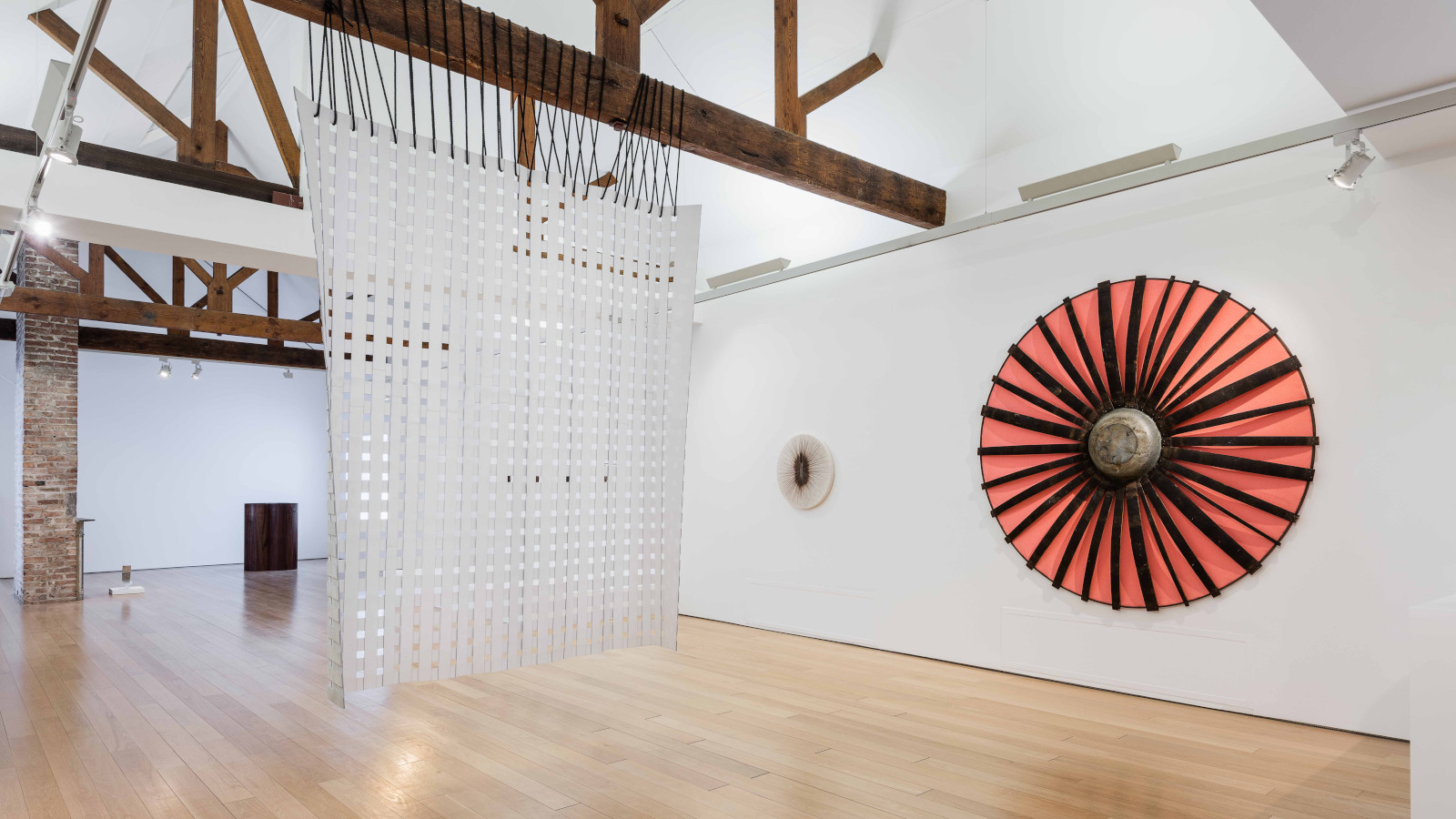 John Cage’s ‘now moments’ inspire Lismore Castle Arts’ group show
John Cage’s ‘now moments’ inspire Lismore Castle Arts’ group showLismore Castle Arts’ ‘Each now, is the time, the space’ takes its title from John Cage, and sees four artists embrace the moment through sculpture and found objects
By Amah-Rose Abrams
-
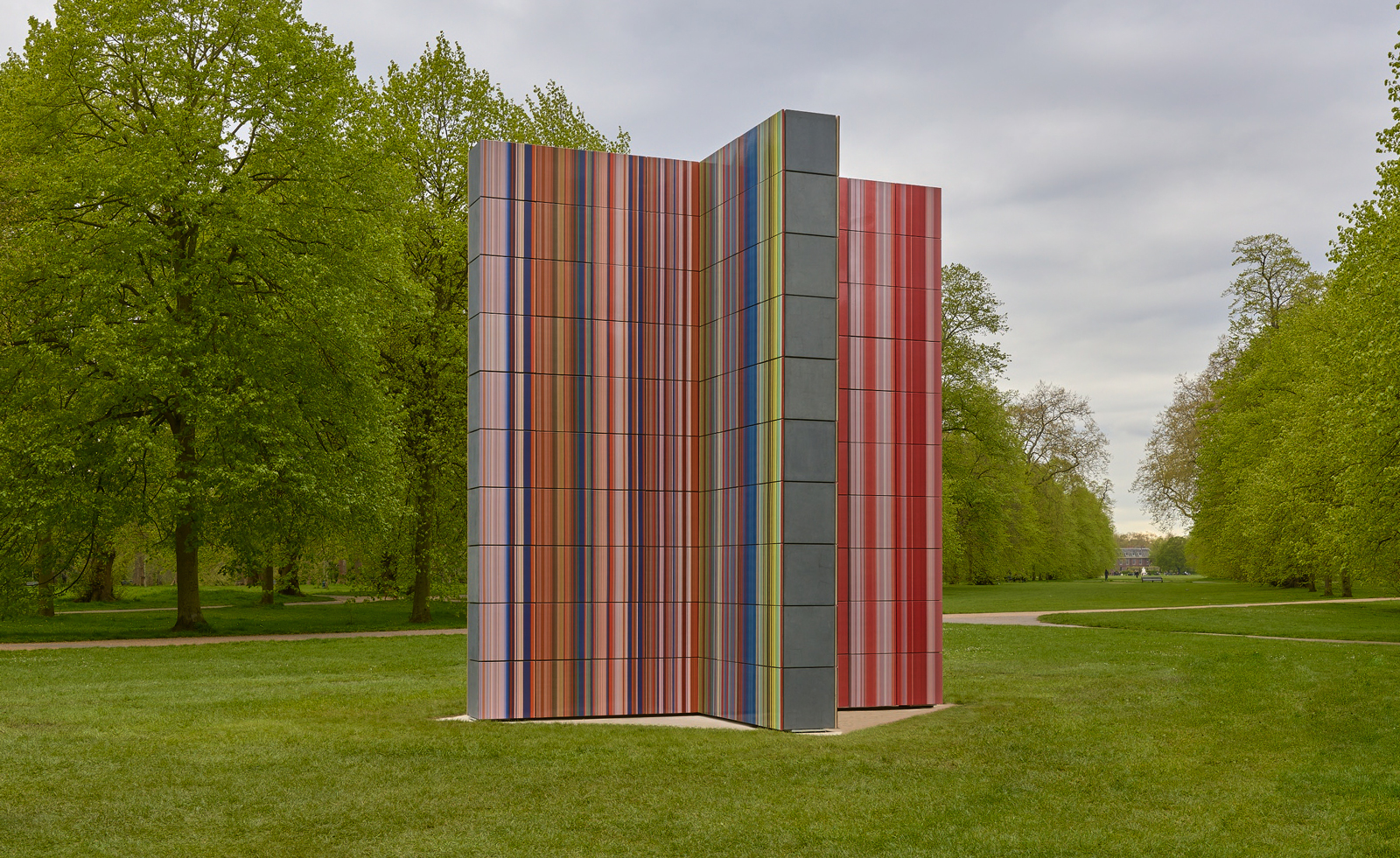 Gerhard Richter unveils new sculpture at Serpentine South
Gerhard Richter unveils new sculpture at Serpentine SouthGerhard Richter revisits themes of pattern and repetition in ‘Strip-Tower’ at London’s Serpentine South
By Hannah Silver
-
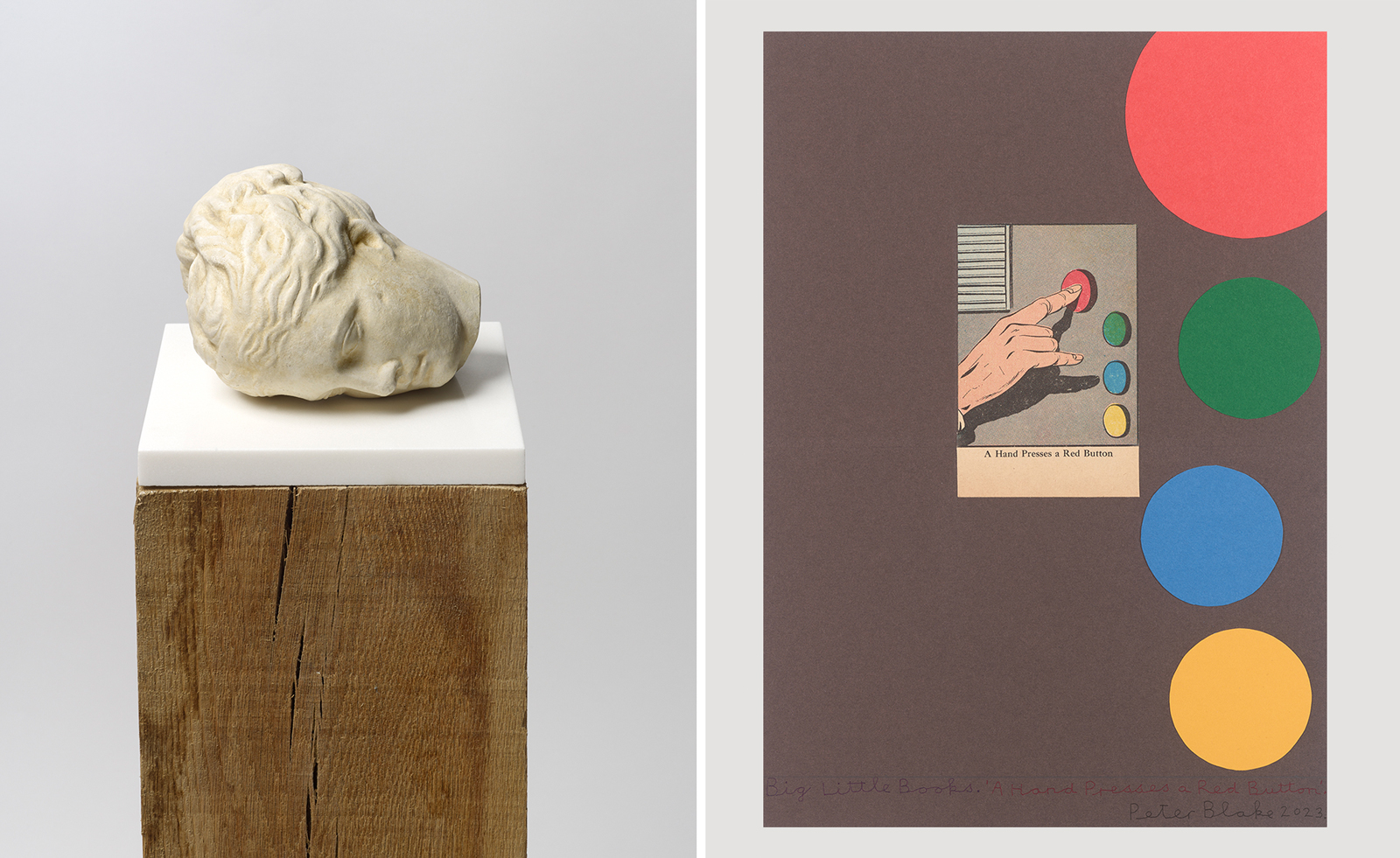 Peter Blake’s sculptures spark joy at Waddington Custot in London
Peter Blake’s sculptures spark joy at Waddington Custot in London‘Peter Blake: Sculpture and Other Matters’, at London's Waddington Custot, spans six decades of the artist's career
By Hannah Silver